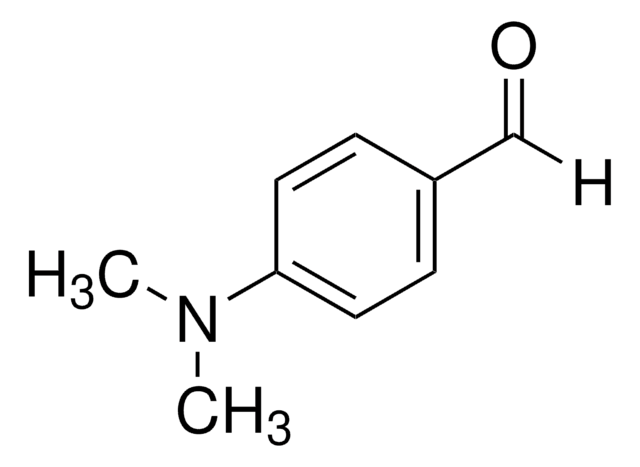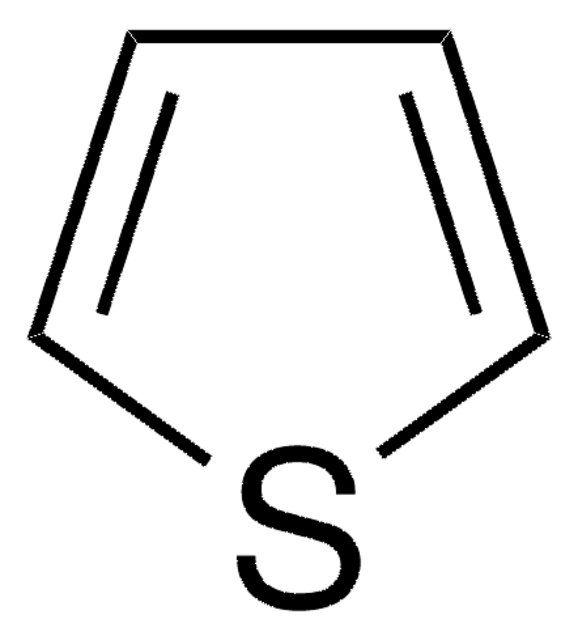07689
O′Meara′s Reagent
suitable for microbiology
Synonyme(s) :
Voges-Proskauer test with O’Meara Reagent
About This Item
Produits recommandés
Gamme de produits
BioChemika
Niveau de qualité
Durée de conservation
limited shelf life, expiry date on the label
Composition
creatine, 0.3 g
dist. water, 100 mL
potassium hydroxide, 40 g
Conditionnement
pkg of 100 mL
Conditions de stockage
(Tightly closed. Dry.)
Technique(s)
microbe id | metabolite detection: suitable
Application(s)
environmental
food and beverages
microbiology
Adéquation
Enterobacter spp.
Klebsiella spp.
Neisseria spp.
Pseudomonas spp.
Description générale
Application
Remarque sur l'analyse
Mention d'avertissement
Danger
Mentions de danger
Conseils de prudence
Classification des risques
Acute Tox. 4 Oral - Eye Dam. 1 - Met. Corr. 1 - Skin Corr. 1A
Code de la classe de stockage
8B - Non-combustible corrosive hazardous materials
Classe de danger pour l'eau (WGK)
WGK 2
Point d'éclair (°F)
Not applicable
Point d'éclair (°C)
Not applicable
Équipement de protection individuelle
Faceshields, Gloves, Goggles, type ABEK (EN14387) respirator filter
Faites votre choix parmi les versions les plus récentes :
Déjà en possession de ce produit ?
Retrouvez la documentation relative aux produits que vous avez récemment achetés dans la Bibliothèque de documents.
Articles
For microbiologists the most fundamental stain was developed in 1884 by the Danish bacteriologist Hans Christian Gram.
Sigma-Aldrich.com presents an article concerning Differentiation of Escherichia coli from coliforms.
Notre équipe de scientifiques dispose d'une expérience dans tous les secteurs de la recherche, notamment en sciences de la vie, science des matériaux, synthèse chimique, chromatographie, analyse et dans de nombreux autres domaines..
Contacter notre Service technique







